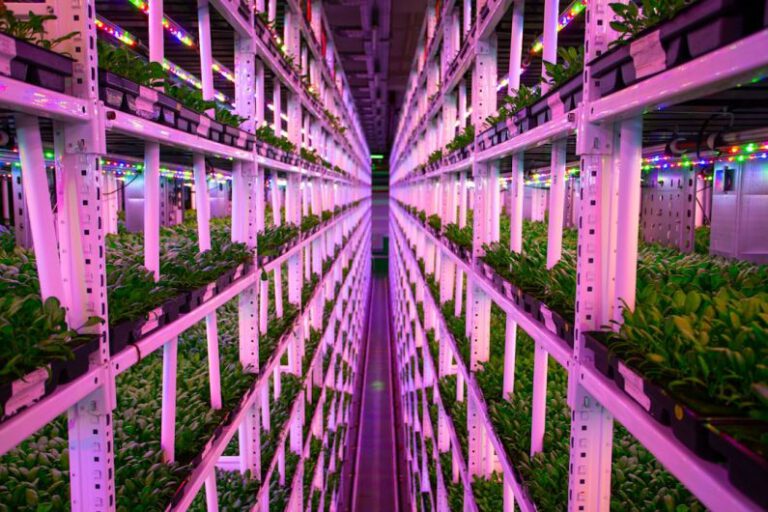Energy-efficient Homes: Building a Sustainable Future
In today’s rapidly evolving world, the importance of sustainability has never been more evident. As we face the challenges of climate change and depleting natural resources, the need for energy-efficient solutions has become paramount. One crucial aspect of this movement towards sustainability is the concept of energy-efficient homes. These homes are designed and built with a focus on reducing energy consumption, minimizing environmental impact, and ultimately creating a more sustainable future for generations to come.
The Benefits of Energy-Efficient Homes
Energy-efficient homes offer a plethora of benefits, both for the environment and for homeowners. By incorporating sustainable design principles and energy-saving technologies, these homes are able to significantly reduce energy consumption, leading to lower utility bills and decreased carbon emissions. In addition to the financial savings, energy-efficient homes also provide a higher level of comfort and indoor air quality for residents. With features such as improved insulation, high-efficiency heating and cooling systems, and energy-efficient appliances, these homes offer a healthier living environment while also reducing overall energy usage.
Designing for Efficiency
When it comes to building energy-efficient homes, the design phase plays a crucial role in determining the overall efficiency of the residence. By incorporating passive design strategies such as proper orientation, shading, and natural ventilation, architects and builders can maximize the home’s energy efficiency without the need for additional technology. Additionally, the use of high-performance windows, insulation, and roofing materials further enhances the home’s ability to retain heat in the winter and stay cool in the summer. By carefully considering these design elements, homeowners can reduce their reliance on heating and cooling systems, ultimately lowering energy consumption and costs.
Energy-Saving Technologies
In addition to thoughtful design, energy-efficient homes also leverage a variety of technologies to further reduce energy usage and increase sustainability. Smart thermostats, for example, allow homeowners to regulate their heating and cooling systems more efficiently, adjusting temperatures based on occupancy and preferences. Solar panels are another popular technology used in energy-efficient homes, allowing residents to generate their own renewable energy and reduce reliance on the grid. Other technologies such as energy-efficient lighting, smart appliances, and home energy management systems all contribute to creating a more sustainable living environment.
Financial Incentives and Return on Investment
While the upfront costs of building an energy-efficient home may be slightly higher than traditional construction, the long-term benefits far outweigh the initial investment. Many governments and utility companies offer financial incentives and rebates for homeowners who choose to build energy-efficient residences, helping to offset the upfront costs and make sustainable living more accessible. Additionally, the energy savings realized over time can result in a significant return on investment for homeowners, as lower utility bills and increased home value contribute to long-term financial benefits.
Creating a Sustainable Future
As we move towards a more sustainable future, the importance of energy-efficient homes cannot be understated. By incorporating sustainable design principles, leveraging energy-saving technologies, and taking advantage of financial incentives, homeowners can significantly reduce their energy consumption and environmental impact. Energy-efficient homes not only benefit the planet by decreasing carbon emissions and preserving natural resources but also provide a higher quality of life for residents. By embracing energy efficiency in home construction, we can build a more sustainable future for ourselves and future generations to come.






